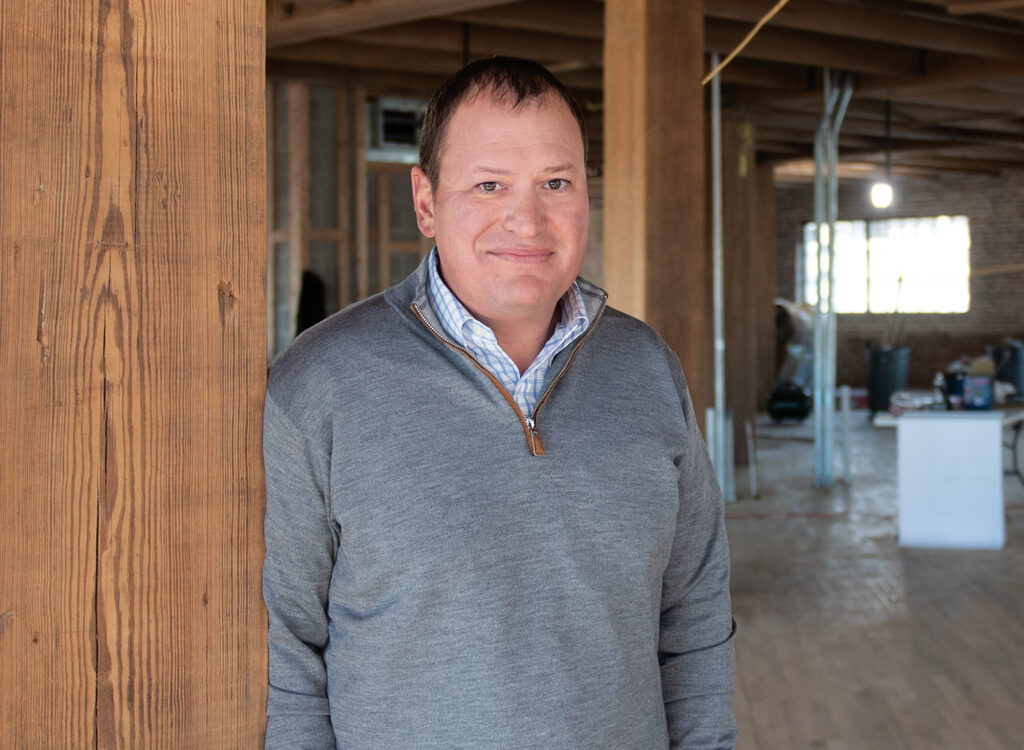The cost of conservation
Nature Conservancy raising $30 million for wetlands, water quality

When the Nature Conservancy in Iowa asked donors for $9 million in 2003, the five-year campaign ended up raising double that amount.
Now, the nonprofit organization — one of the key players in habitat and soil conservation in Iowa — has launched its new campaign, “This Is Iowa.” On Earth Day, the group announced it already had raised $22.5 million of its $30 million goal, before the campaign was officially announced.
State Director Jan Glendening said the emphasis will be on key watersheds and data-driven solutions to water quality problems. Of the total, about two-thirds will address grassland preservation and flood risks, while the rest will be divided among outreach and education, water quality and soil loss, other programs, and administration.
David Hurd, an avid environmentalist and a former exec at the Principal Financial Group, wrote the foreword to the campaign book, a message that will remain as a tribute after Hurd died this year, Glendening said. “He has been a big influence,” she added.
When the campaign began its quiet phase in 2013, Hurd told Glendening: “This is a lot of money, it’s ambitious, but you have to do it. It’s that important.”
“We live in one of the most beautiful and productive places on Earth,” Hurd wrote in the campaign book. “Unfortunately, our rivers and lakes have some of the poorest water quality in the nation and we continue to experience unsustainable soil loss and unnatural flooding. We’re losing grasslands at an alarming rate. And at a time when we should be focusing on conserving our waters and land, we’re also having to address the increasing disconnect between Iowans and nature.”
“We’ve made meaningful progress in implementing solutions to this growing list of challenges,” Hurd wrote, “but for a future we can be proud of, we must do more.”
The work will focus on several “priority areas,” including the Little Sioux Valley, the Loess Hills, Grand River Grasslands, and the watersheds of the Des Moines, Boone, Iowa, Cedar and Lower Cedar rivers.
For example, the Nature Conservancy wants to boost the acreage with conservation practices in the Boone River watershed to 40,000 acres, four times what it is now. The group will ask DuPont Pioneer to deliver conservation information to seed customers.
Plans call for the restoration of 10 to 15 wetlands upstream of Cedar Rapids along the Cedar River, part of a plan to restore 100 wetlands in the Cedar Rapids, Des Moines and Sioux City areas.
The Fred Maytag II Family Foundation donated more than $5.2 million. The gift will enable the Conservancy to protect and restore the Lower Cedar Valley of southeast Iowa, an important place for reducing flood risk, improving water quality, connecting Iowans to nature and conserving rare wildlife.
The campaign will help restore 100 wetlands upstream of communities such as Sioux City, Des Moines and Cedar Rapids that have struggled with issues of water quality and flooding. More than 5,000 acres of grasslands will be protected in the Lower Cedar Valley, the Loess Hills of western Iowa and Little Sioux Valley of northwest Iowa.
“With the campaign, we hope to restore 50 oxbow wetlands in the Boone River Watershed that will help reduce flood risk and improve water quality for Des Moines,” said Justin Ray, director of philanthropy for the group’s Iowa office. “We are trying to elevate conservation as critical to quality of life of Iowans.”
Plans also call for:
- Hiring of a conservation outreach manager to help engage people in conservation and boost visitation at preserves.
- Lobbying for the sales tax increase needed to fund the Natural Resources and Outdoor Recreation Trust Fund.
- Supporting work to lessen pollution causing the “dead zone” in the Gulf of Mexico, a summertime lifeless area mainly blamed on crop fertilizers.
- Running a statewide nutrient and soil loss reduction campaign starting this summer with backing from fertilizer giant CF Industries. “We are thinking of partnerships that we haven’t thought about before,” Glendening said.
Ray said there were several factors in the timing of the campaign. “It has been a while since our last campaign. Also, we had come out of the 2008 recession and our projects were taking off.”
Added Glendening: “We had the growing concerns about flooding. That was percolating along with growing issues with water quality. These were things that we had been working on for a long time.
“We want to start to frame our work that not only appeals to your normal Iowa conservationist, but also the general public,” Glendening said. “This campaign is focused on challenges — water quality, soil loss. One thing we are trying to do is elevate conservation. It’s critical.”








